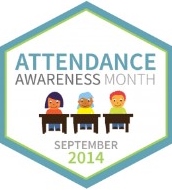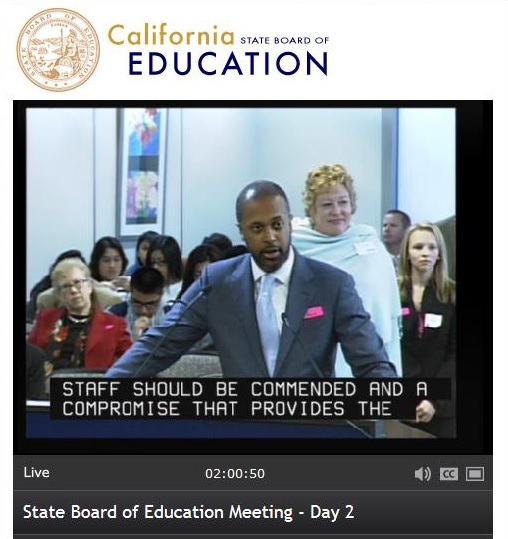by Nathaniel Browning, CSBA Policy & Programs Officer Imagine an excited group of elementary students gathering in a school cafeteria. It’s the middle of summer and these students are enrolled in a local summer enrichment program. Now picture them singing, chanting and dancing to Swahili […]
Category: Closing the Achievement Gap
Closing the Achievement Gap
Closing the Achievement Gap With Attendance
by Kathryn Ramirez, Trustee, Salinas Union High School District and CSBA Director-at-large, Hispanic While I am optimistic about the direction education is headed in California, we must acknowledge that far more needs to be done if we are going to close race-based achievement gaps that […]
Two Languages: Multiple Benefits
by Julie Maxwell-Jolly, Programs & Policy Officer In an increasingly globalized economy, California will need a population with the skills and understanding to thrive in multiple settings, languages, and cultures. One way to prepare our young people for this interconnected future is by providing them […]
Why Attendance Matters; At Least To Me
by Mike Walsh, Trustee, Butte County Office of Education and CSBA Director-at-large County I’ve come to appreciate a few accomplishments in my life thus far. Some were planned, such as starting my own company, completing my graduate degree, and learning to play the guitar. Many […]
Reducing Chronic Absence: An Overlooked Opportunity for Raising Student Achievement
September is Attendance awareness month! To celebrate, we have invited four guest bloggers to provide insight throughout the month about the importance of student attendance. In this first installment, guest blogger Hedy Chang explores how reducing chronic absence can raise student achievement. By Hedy Chang, […]
Common Core is Like the Grateful Dead
by Christopher Maricle, Policy and Programs Officer Words are powerful things. When I was in college, a friend tried unsuccessfully to convince me to listen to the Grateful Dead. But the word ‘dead’ had a strong negative image for me—and their trademark symbol, the skull, […]
Hungry kids can’t learn: More districts are expanding their free lunch programs
Lunch will now be free for students in the Palm Springs Unified School District who used to receive a reduced lunch price of 40 cents per meal, the Board of Education recently decided. This will positively impact the achievement of some low-income students whose families still cannot afford the reduced meal prices. Research has shown that children learn better when they are properly nourished. The change is set to go into effect at the start of the 2014-15 school year and will cost the district about $14,000 monthly, which will be paid by the district’s nutrition fund, separate from general fund dollars.
What can principals do to make parents feel more welcome at their child’s school?
The Local Control and Accountability Plan is an exciting new development for local control and what we all hope will be equity. For the equity piece to work as planned, parents must step up to make their voices heard. This is also a time when we must ask, how can school leadership empower parent voices?
New suspension/expulsion stats confirm use of discipline alternatives
The report that suspensions are down in California schools is welcome news to educators, students and their families—and a focus on alternative disciplinary strategies is getting the credit. A reduction in the number of actions for willful defiance (called student defiance in the official report) and a shift to programs like restorative justice that promote respect and personal responsibility have helped reduce expulsions by 12.3 percent and suspensions by 14.1 percent during 2012-13, State Superintendent of Public Instruction Tom Torlakson announced last week.
State Board adopts LCFF and LCAP regs, initiates permanent process
One hundred and sixty governance teams from across the state converged in Sacramento Jan. 16 to tell their stories and comment on the Local Control and Accountability Plan template and Local Control Funding Formula regulations.









